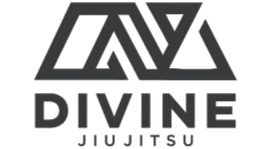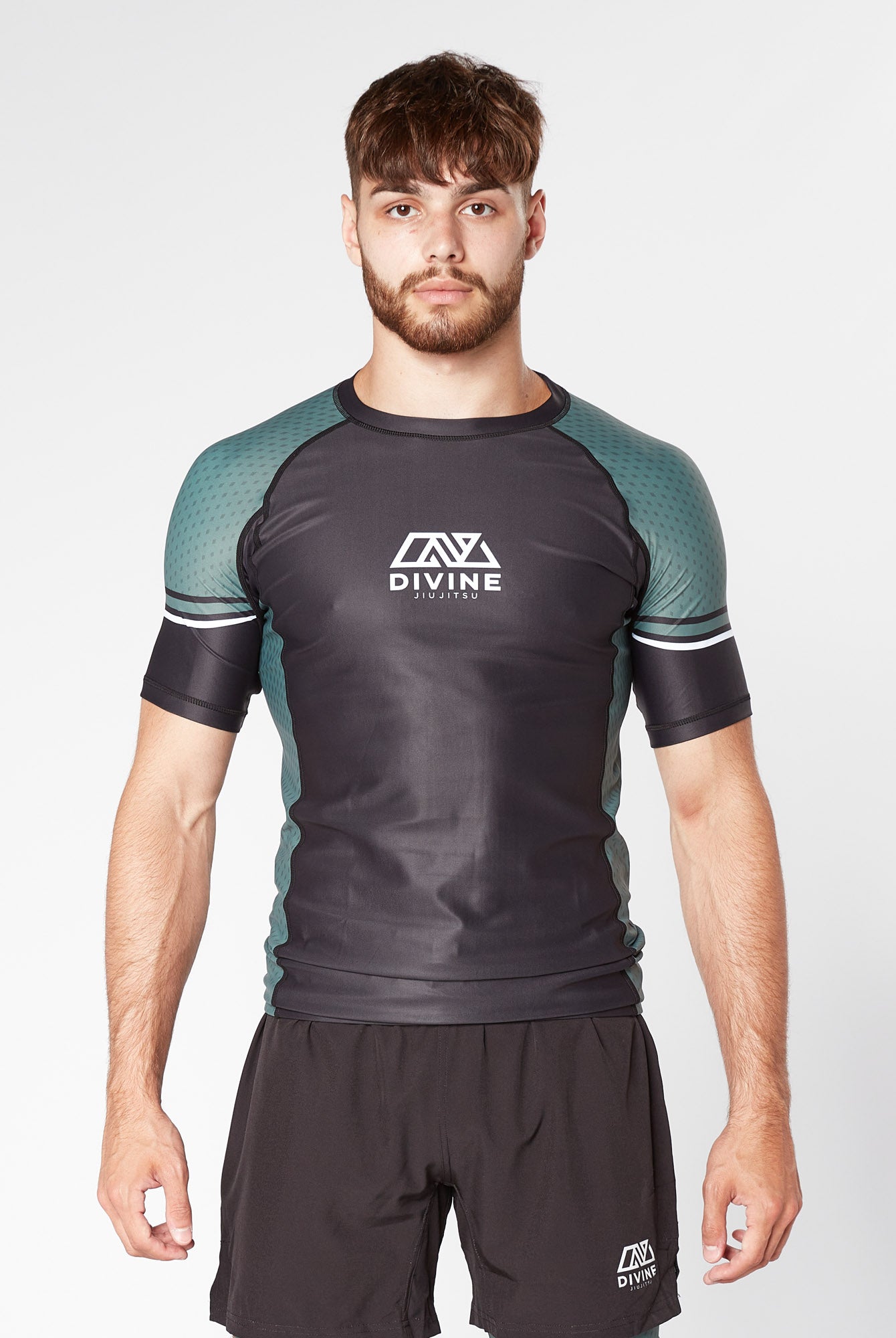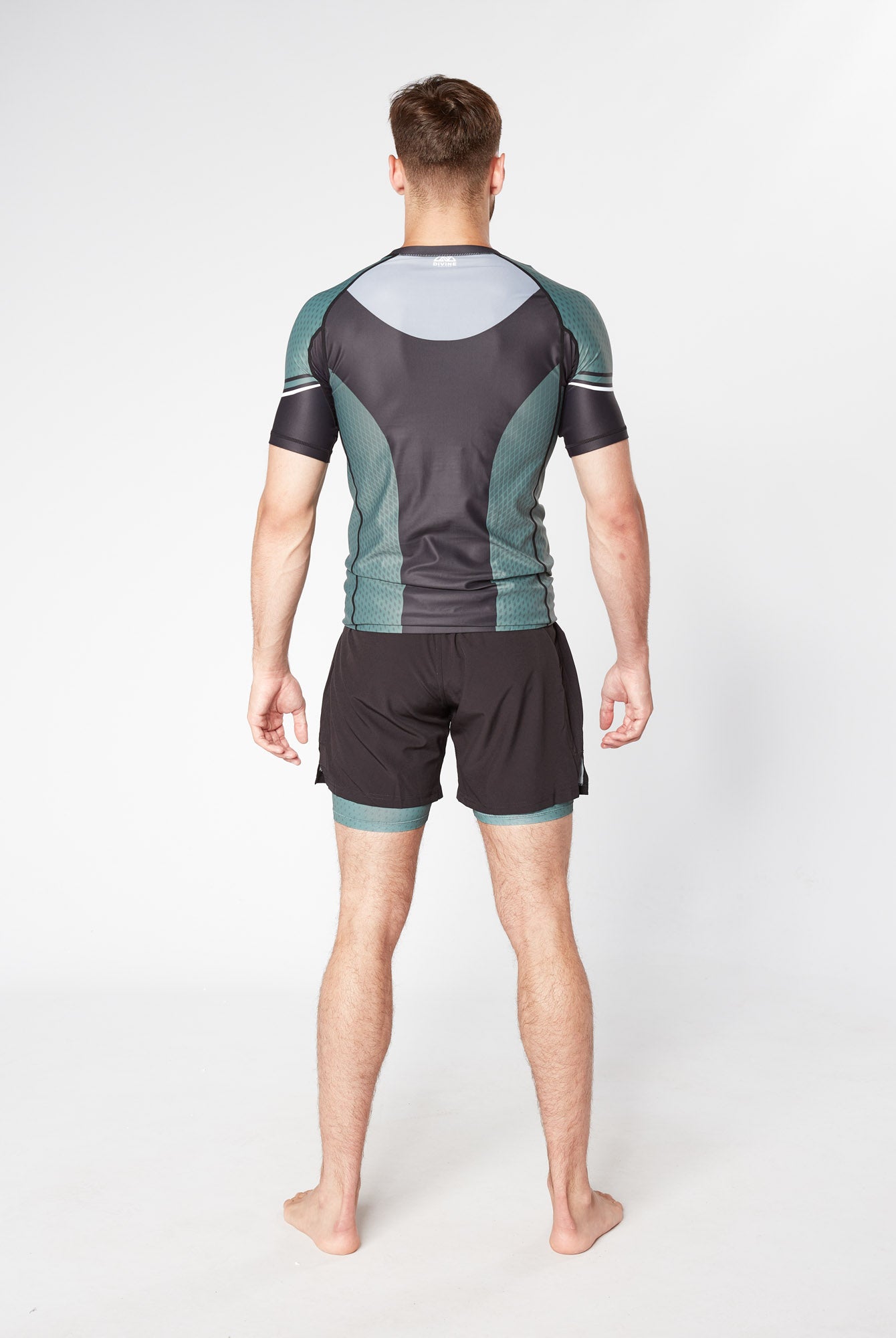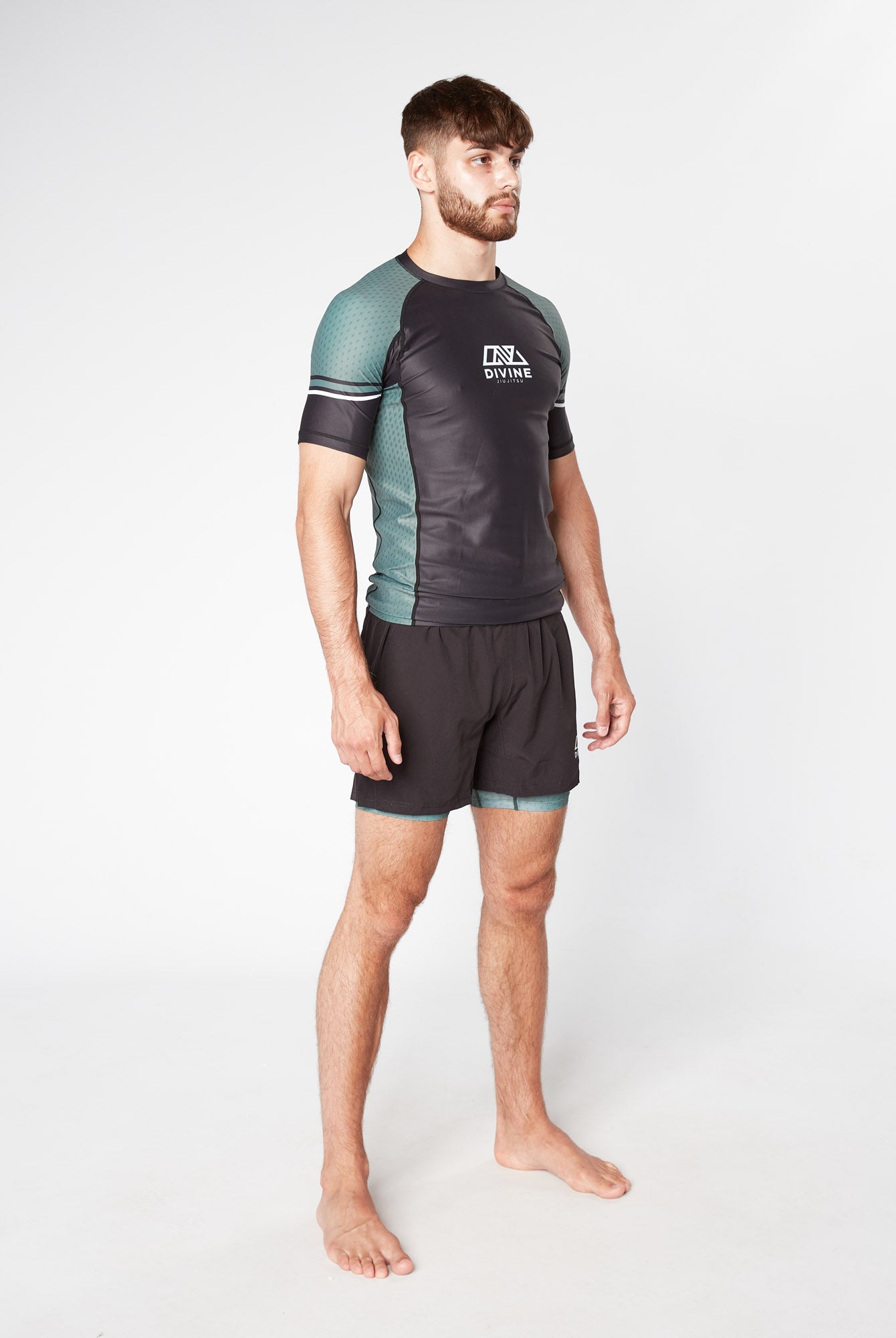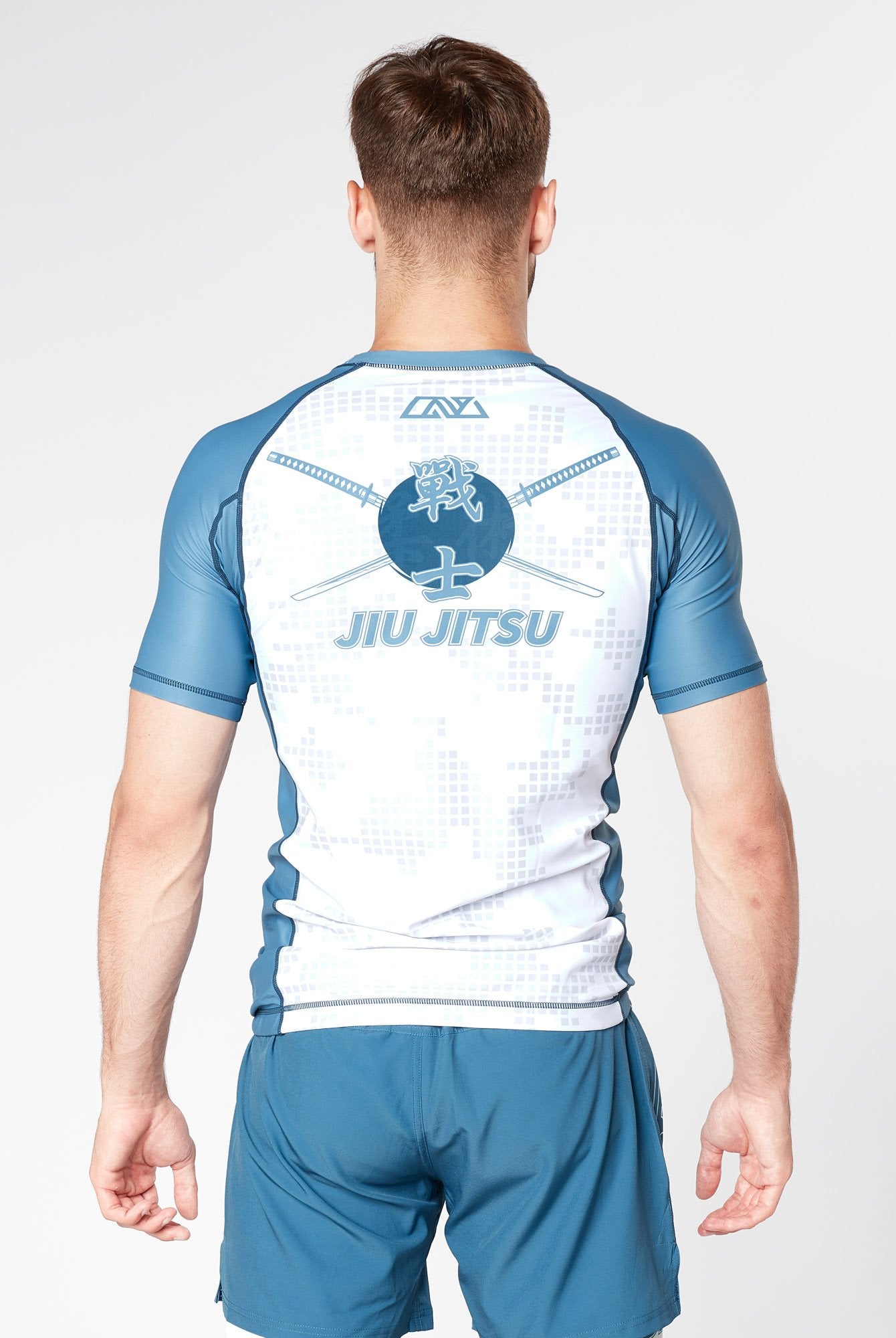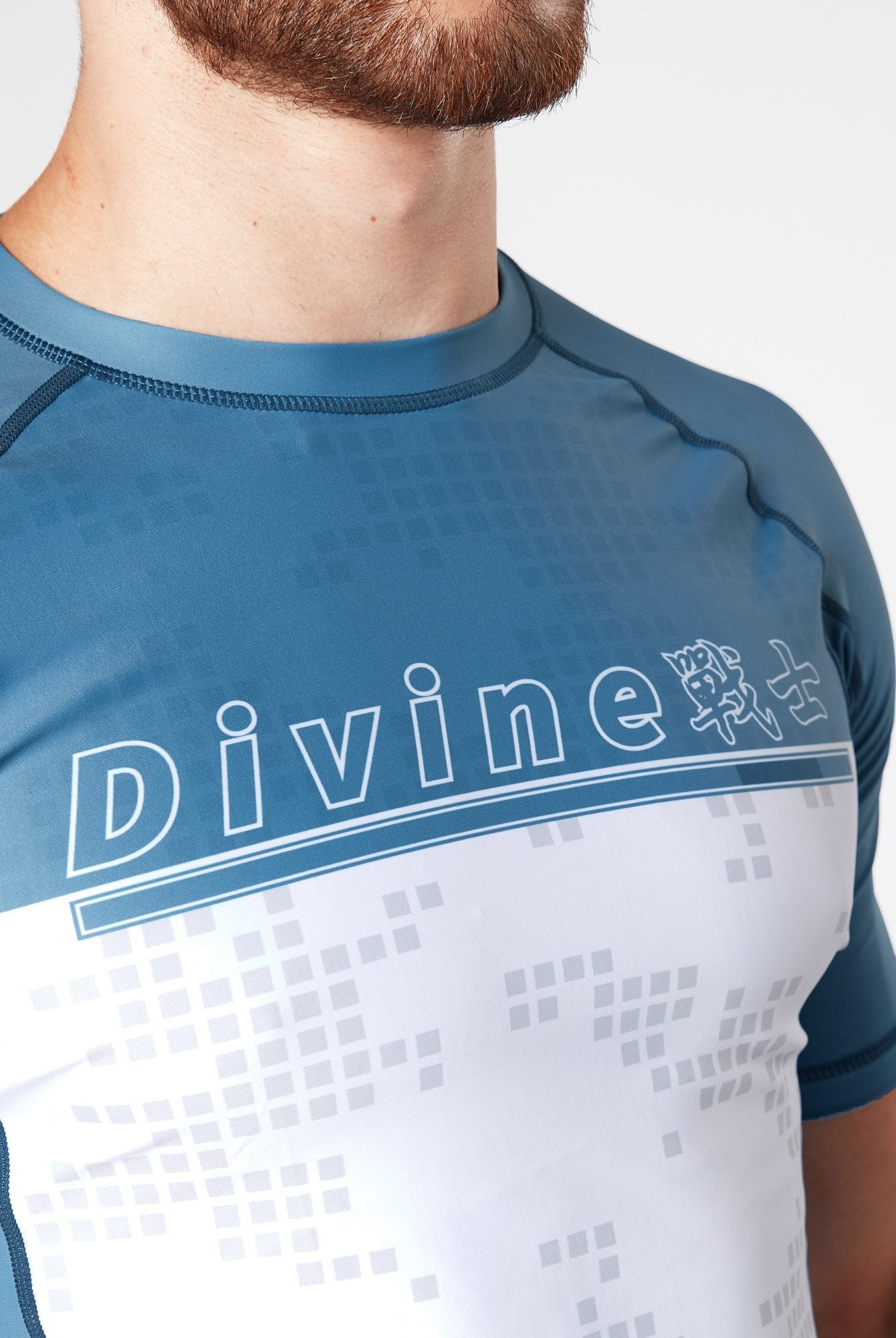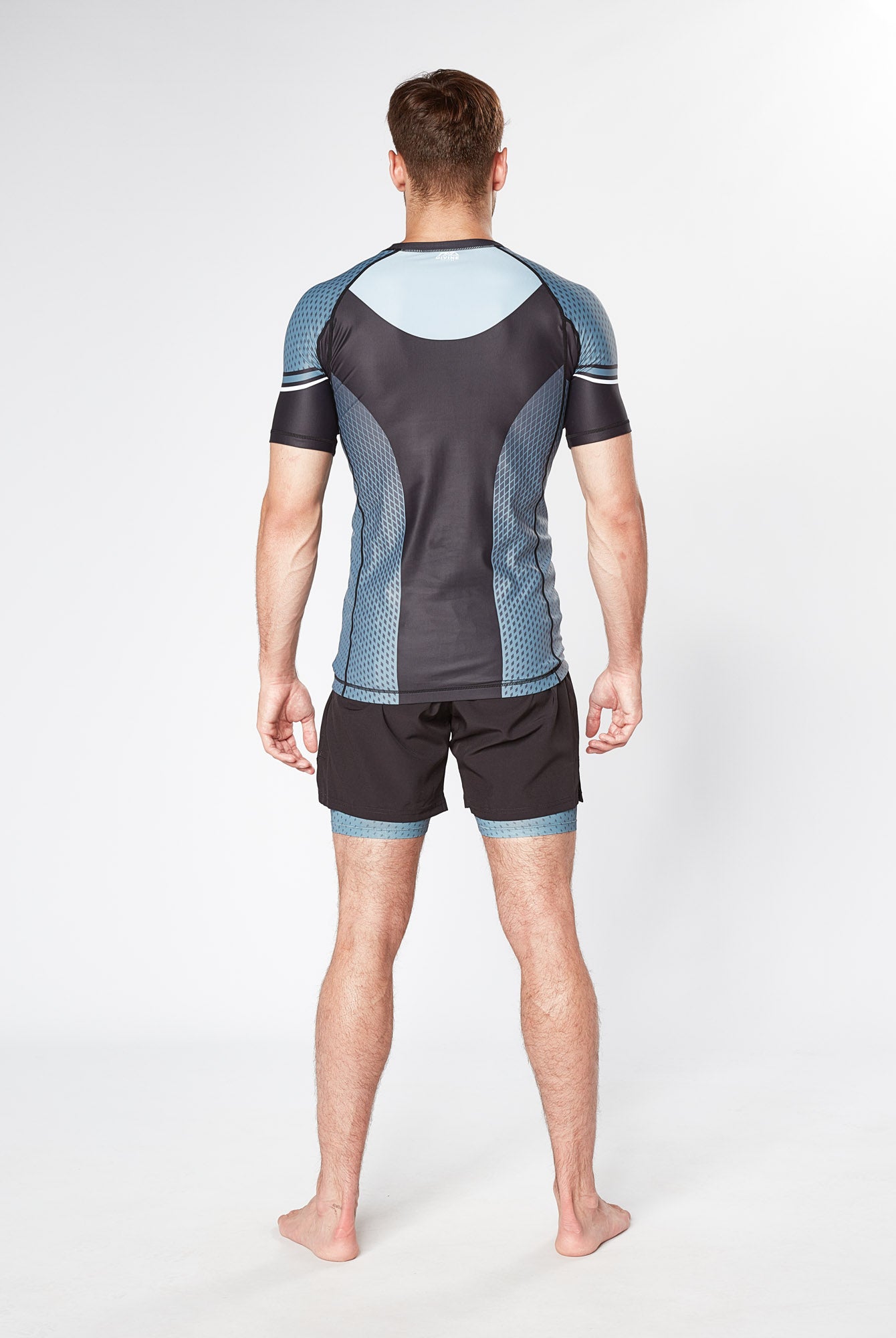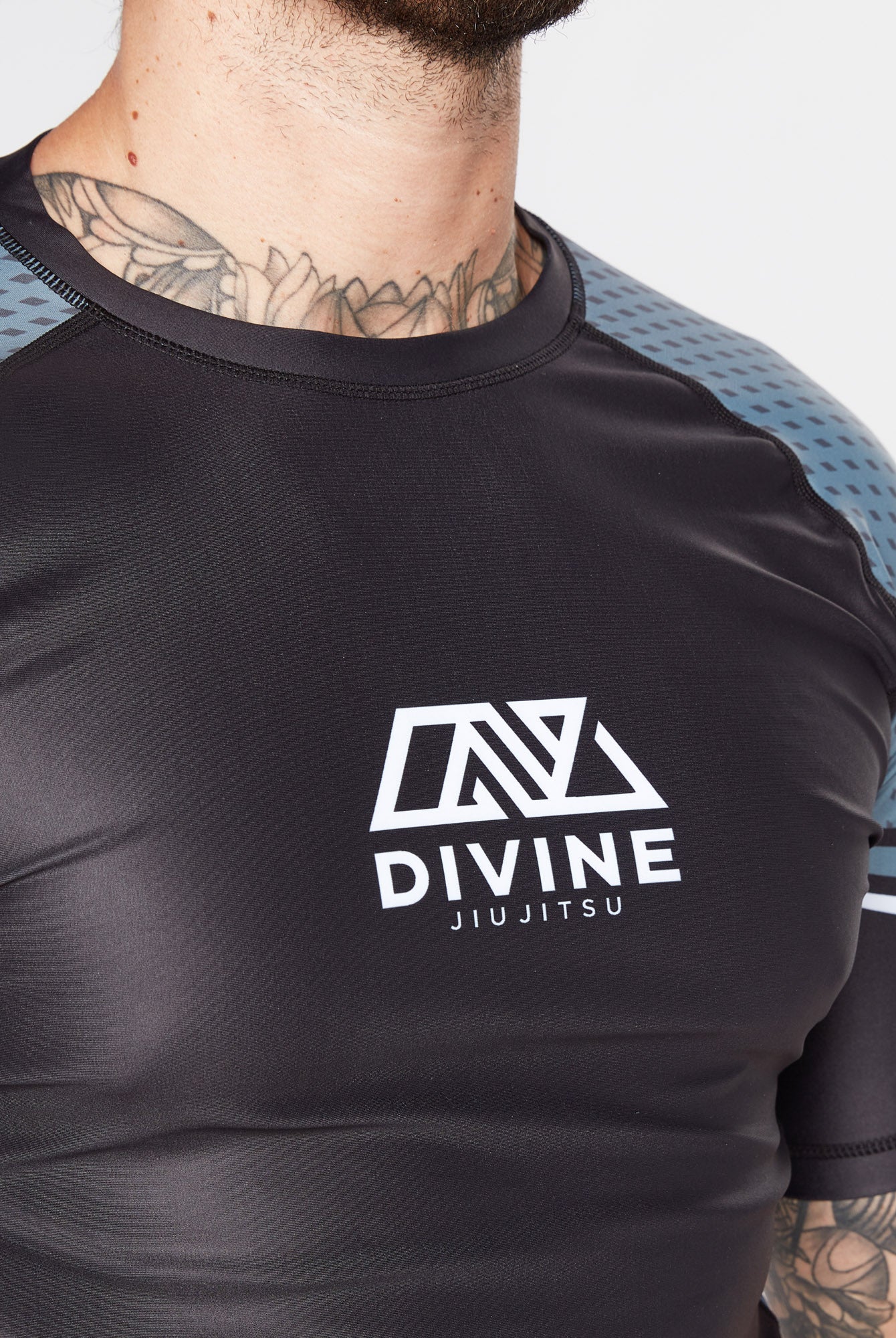Effective Strategies for Self-Training

Many aspiring martial artists wonder if it's possible to learn Brazilian Jiu-Jitsu (BJJ) at home. With the right resources, dedication, and a structured approach, anyone can start learning BJJ without stepping into a gym. The rise of online tutorials, instructional videos, and dedicated virtual classes makes it easier than ever for individuals to practice at their own pace.
While physical training partners can enhance the learning experience, solo drills and techniques can effectively build foundational skills. Assessing one's space, obtaining necessary equipment, and following a disciplined practice routine are essential for maximizing this home training journey.
Engaging with BJJ communities online can also provide support and motivation. Learning BJJ at home can be an effective way to progress, even if it may not fully replace in-person training.
Understanding BJJ Fundamentals
Brazilian Jiu-Jitsu (BJJ) revolves around particular principles and fundamental techniques crucial for effective practice. Mastering these elements allows practitioners to build a strong foundation for skill development, whether training at home or in a gym setting.
Key Principles of Brazilian Jiu-Jitsu
BJJ emphasizes technique over brute strength. This principle allows a smaller and weaker person to defend against a larger opponent effectively.
Core concepts include:
- Leverage: Efficient use of body mechanics to execute techniques.
- Position before submission: Establishing dominant positions is vital prior to attempting submissions.
- Timing and anticipation: Key for countering opponents' moves and executing effectively.
Practicing these principles at home requires focus on understanding body movement and spatial awareness. Utilizing drills that enhance these concepts can solidify a beginner's grasp on BJJ fundamentals.
Basic Techniques and Movements
Practitioners should familiarize themselves with essential techniques that form the backbone of BJJ.
Key techniques consist of:
- Guard Positions: Understanding closed guard, open guard, and half guard.
- Sweeps: Techniques to reverse positions and gain the upper hand.
- Submissions: Basic chokes (e.g., rear-naked choke) and joint locks (e.g., armbar).
Important movements include:
- Hip Escapes (Shrimping): Vital for creating space and escaping positions.
- Bridging: Helps in reversing or improving positional control.
Incorporating these techniques into practice routines can be done solo using a dummy or through visualization exercises. Whether on a mat or at home, consistent practice is essential for reinforcing these fundamentals.
Setting Up an Effective Home Training Space
Creating a functional home training space for Brazilian Jiu-Jitsu involves selecting essential gear and establishing a safe environment. Proper planning ensures that individuals can train effectively and develop their skills.
Essential Gear and Equipment
To practice BJJ at home, certain equipment can enhance training efficiency. The most vital items include:
- Mat: Invest in high-quality mats to provide a safe training surface. Options like puzzle mats or roll-out mats offer cushioning and grip.
- Gi or No-Gi Gear: Choose appropriate training attire based on the style. A good gi helps in practicing techniques effectively.
- Heavy Bag or Dummy: A grappling dummy or heavy bag can add realism to drills and improve technique execution.
- Resistance Bands: Useful for strength training and conditioning exercises, resistance bands are versatile and space-efficient.
Setting up this gear strategically in a designated area ensures availability and encourages consistent practice.
Creating a Safe Practice Environment
Safety is paramount when training at home. Consider the following aspects to ensure a secure space:
- Sufficient Space: Allocate enough room to practice movements freely without the risk of hitting objects. Aim for at least 10x10 feet.
- Clear Obstacles: Remove furniture and fragile items from the training area to prevent accidents.
- Proper Ventilation: Ensure the space is well-ventilated to promote comfort during training, especially in warmer climates.
- Soft Surfaces: If mats are not feasible, consider practicing on carpet or using padded flooring to minimize injury risks.
By addressing these factors, individuals can create an effective and safe training environment for their BJJ practice at home.
Developing a Structured Learning Plan
Creating a structured learning plan is essential for effective progress in Brazilian Jiu-Jitsu (BJJ) at home. A clear plan allows individuals to focus on specific skills and sets a framework for measured improvement.
Choosing the Right Learning Resources
Selecting appropriate resources is the first step in developing a structured learning plan. Numerous online platforms offer instructional videos, tutorials, and detailed explanations of techniques.
Recommended Resources:
- YouTube Channels: Look for reputable instructors who break down techniques clearly.
- Online Courses: Websites like BJJ Fanatics provide in-depth lessons and structured programs.
- Books: Texts written by experienced practitioners can offer insights into strategies and techniques.
When assessing resources, it’s vital to prioritize quality over quantity. Picking a select few helps maintain focus and prevents overwhelm.
Setting Achievable Goals
Establishing clear, achievable goals is crucial for maintaining motivation and tracking progress. Goals should be specific, measurable, achievable, relevant, and time-bound (SMART).
Examples of Goals:
- Short-term: Learn one new guard position each week.
- Medium-term: Master three submissions over the next month.
- Long-term: Achieve a specific belt rank or compete in a local tournament within a year.
Regularly reviewing and adjusting goals helps maintain engagement and adapt to personal progress. Writing goals down can further enhance commitment and accountability. Each goal should be broken down into actionable steps to ensure continuous growth.
Staying Motivated and Measuring Progress
Maintaining motivation and tracking progress are crucial for anyone learning Brazilian Jiu-Jitsu (BJJ) at home. By setting clear goals and staying connected with the community, practitioners can keep their enthusiasm high and measure their development effectively.
Tracking Your Training
Implementing a structured training plan helps individuals stay focused. Practitioners can create a weekly schedule outlining specific techniques to study and drills to perform.
Examples of Tracking Methods:
- Training Log: Keep a journal detailing each session, techniques learned, and challenges faced.
- Goal Setting: Use SMART goals (Specific, Measurable, Achievable, Relevant, Time-bound) to benchmark progress.
Regularly reviewing these logs can reveal patterns in improvement and areas needing more attention. Visual aids like progress charts can also be motivating.
Staying Connected to the BJJ Community
Engaging with the BJJ community enhances learning and motivation. Online forums, social media groups, and virtual classes provide platforms for discussion and support.
Ways to Connect:
- Join Online Classes: Participate in live sessions offered by instructors or trained practitioners.
- Social Media Interaction: Follow BJJ accounts and share progress or ask questions in community groups.
Viewing others' progress and experiences fosters a sense of belonging. This can rekindle motivation and encourage accountability, making the learning process more enjoyable.
